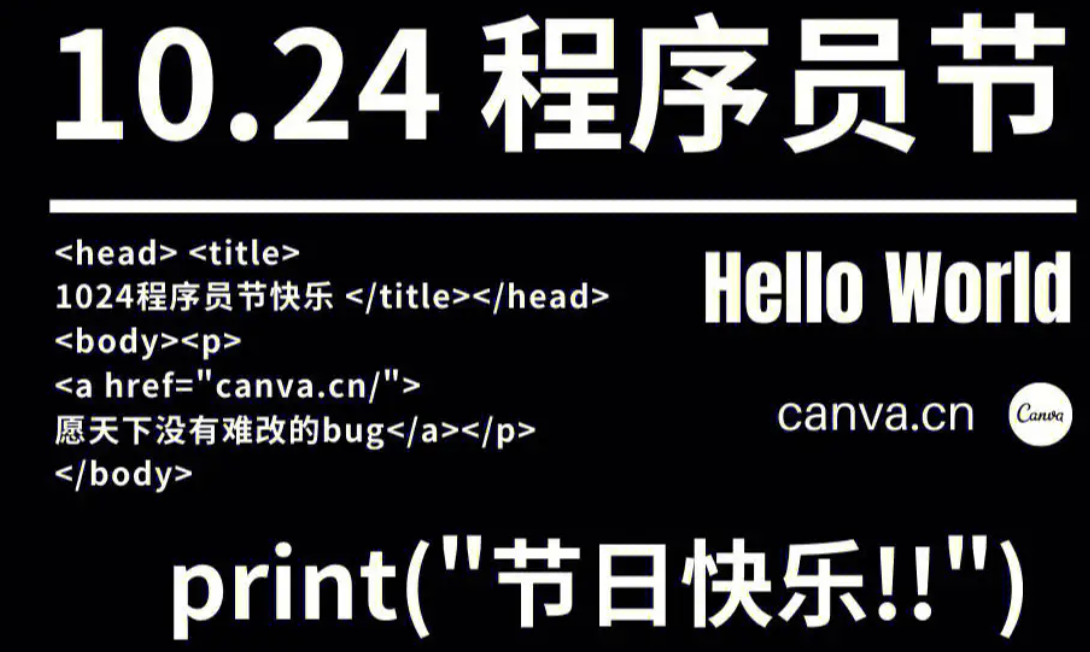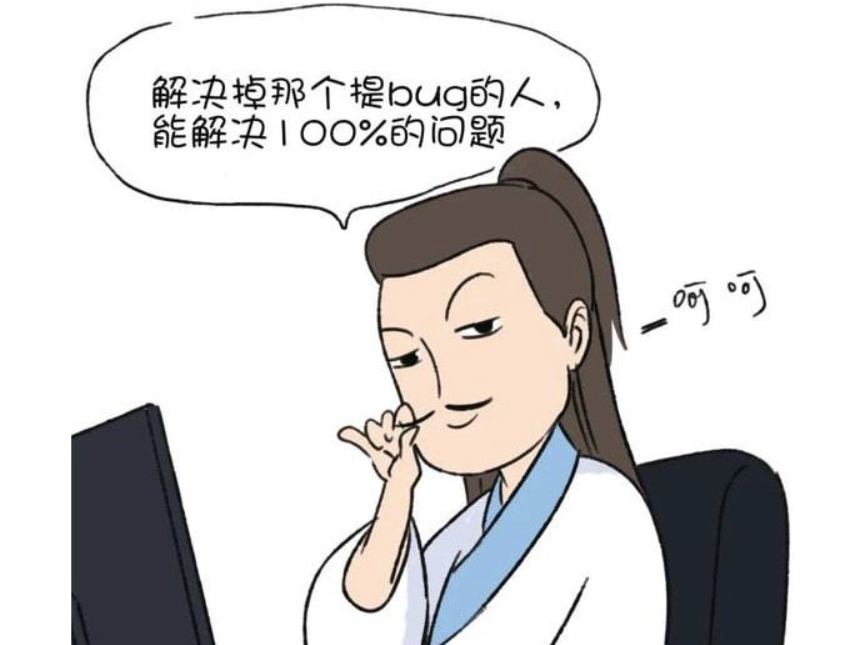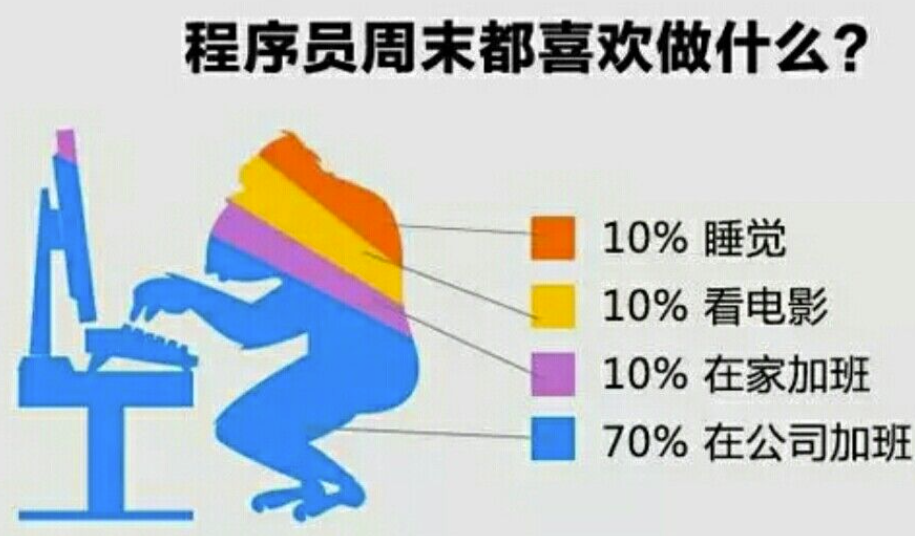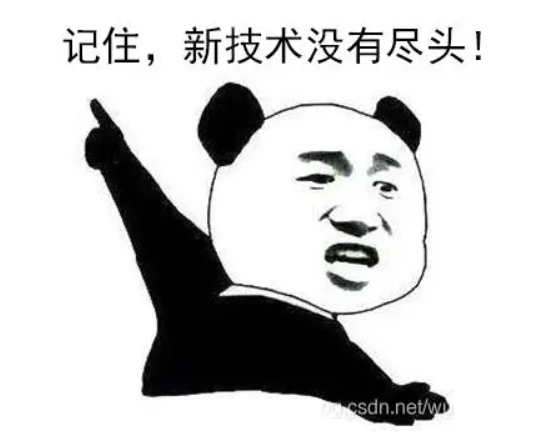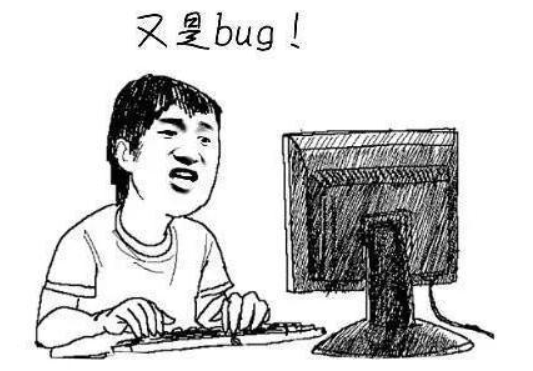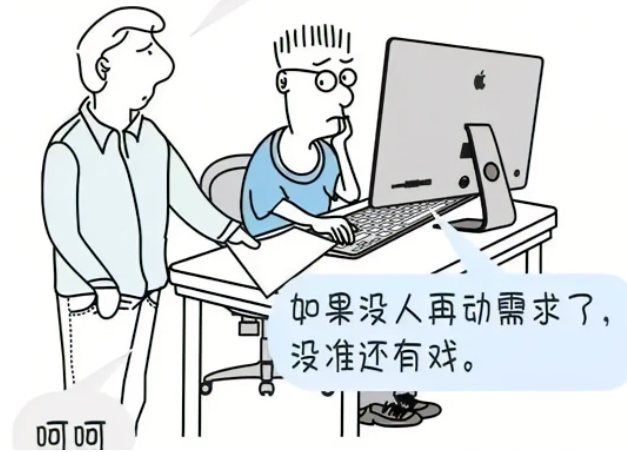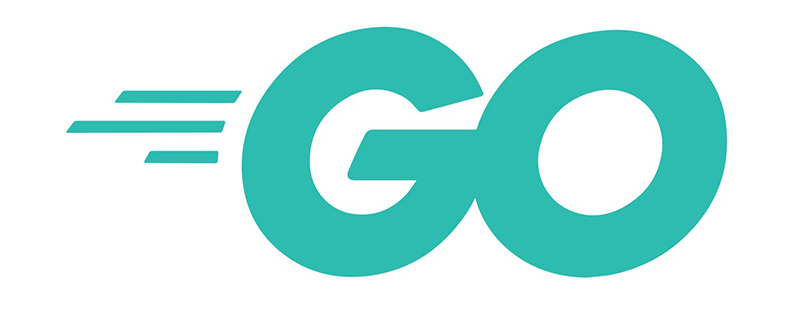要为 left_btn 和 right_btn 设置点击后触发的槽函数,你可以使用 Qt 的信号和槽机制。以下是一个修改后的示例,演示了如何连接按钮的点击信号到相应的槽函数。
首先,你需要在 ButtonItem 类中添加两个槽函数,然后在构造函数中将按钮的点击信号连接到这些槽函数。
#include <QWidget>
#include <QPushButton>
#include <QHBoxLayout>
#include <QMessageBox> // 用于显示消息框(仅用于示例)
class ButtonItem : public QWidget {
Q_OBJECT // 确保包含这个宏以支持Qt的信号与槽机制
public:
QPushButton *left_btn;
QPushButton *right_btn;
ButtonItem(int item_type, QWidget *parent = nullptr) : QWidget(parent) {
if(ZIWANG == item_type || ZIWANG_HEAD == item_type)
return;
QHBoxLayout *layout = new QHBoxLayout(this);
layout->addStretch();
// 左侧按钮
left_btn = new QPushButton(this);
left_btn->setFixedSize(24, 24);
// 右侧按钮
right_btn = new QPushButton(this);
right_btn->setFixedSize(24, 24);
if(SHEBEI_HEAD == item_type) {
left_btn->setStyleSheet("border:none; \
background-image: url(:/png/yincang.png); \
background-repeat: no-repeat; \
background-position: center;");
right_btn->setStyleSheet("border:none; \
background-image: url(:/png/duoxuan.png); \
background-repeat: no-repeat; \
background-position: center;");
} else if(SHEBEI_LEVEL_1 == item_type) {
left_btn->hide();
right_btn->setStyleSheet("border:none; \
background-image: url(:/png/xiala.png); \
background-repeat: no-repeat; \
background-position: center;");
} else if (SHEBEI_LEVEL_2 == item_type) {
left_btn->setStyleSheet("border:none; \
background-image: url(:/png/yincang.png); \
background-repeat: no-repeat; \
background-position: center;");
right_btn->setStyleSheet("border:none; \
background-image: url(:/png/lianjie.png); \
background-repeat: no-repeat; \
background-position: center;");
}
layout->addWidget(left_btn);
layout->addWidget(right_btn);
// 设置布局
layout->setContentsMargins(0, 0, 0, 0);
// 连接信号和槽
connect(left_btn, &QPushButton::clicked, this, &ButtonItem::onLeftButtonClicked);
connect(right_btn, &QPushButton::clicked, this, &ButtonItem::onRightButtonClicked);
}
private slots:
void onLeftButtonClicked() {
QMessageBox::information(this, "Info", "Left button clicked!");
// 在这里处理左侧按钮被点击的逻辑
}
void onRightButtonClicked() {
QMessageBox::information(this, "Info", "Right button clicked!");
// 在这里处理右侧按钮被点击的逻辑
}
};
注意事项:
- 确保包含头文件:你需要在文件开头包含
<QObject>和相关头文件,以支持信号与槽。 - 添加
Q_OBJECT宏:这个宏是必需的,确保类可以使用 Qt 的元对象系统。 - 编译时注意:如果你修改了类定义并加入了
Q_OBJECT宏,需要重新运行qmake并进行完整编译。 - 实现槽功能:在上面的示例中,我使用了
QMessageBox来演示按钮被点击后的反馈。根据你的需求,可以在对应的槽函数内实现具体的功能逻辑。
内容由零声教学AI助手提供,问题来源于学员提问






